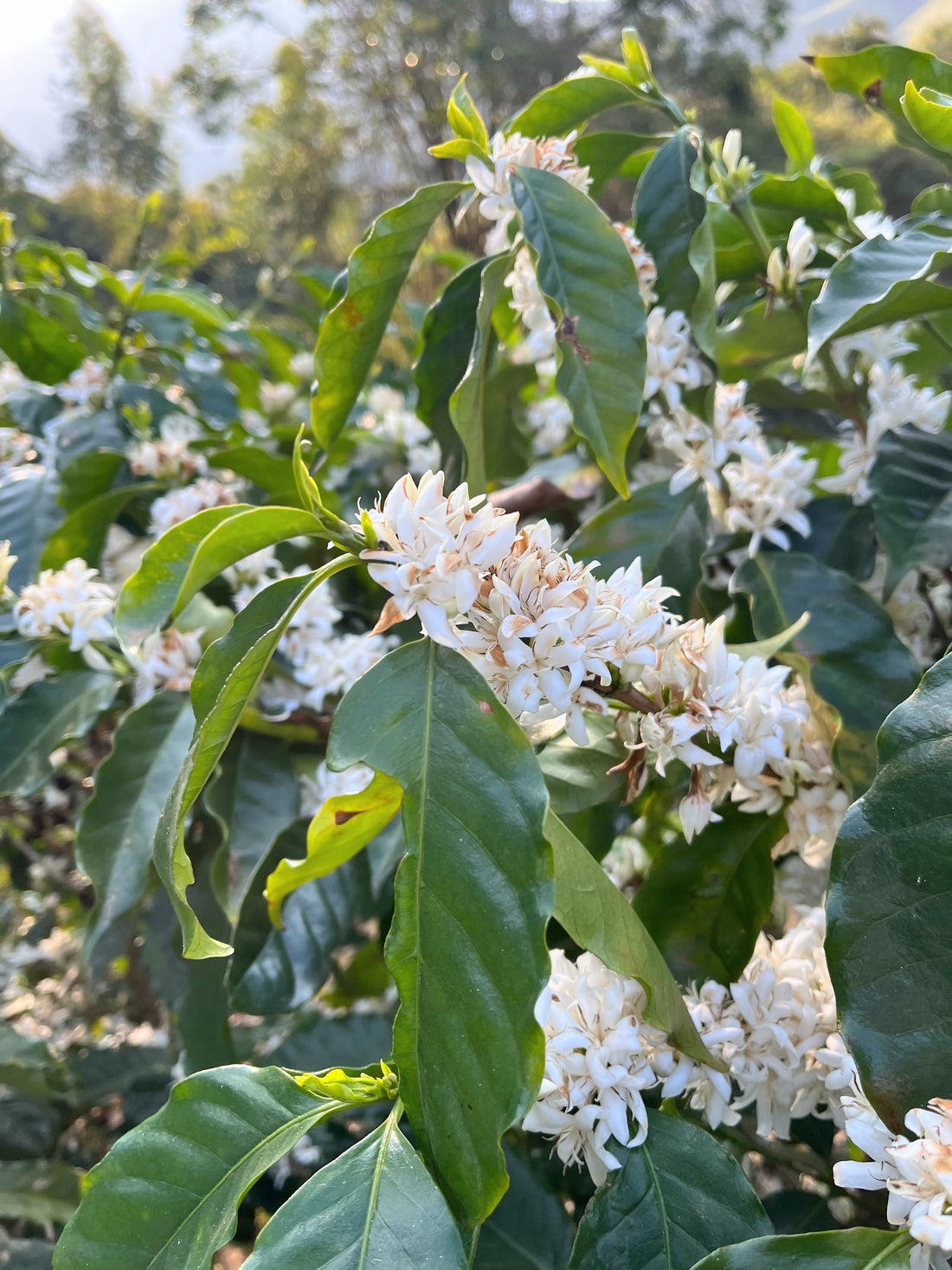
Coffee Processing Methods
Washed
The washed process is probably the most common coffee processing method in use today. In this process, the skin and pulp around the coffee bean is completely removed. Then the coffee, with mucilage still surrounding it, is normally fermented in water tanks before the mucilage is removed from the parchment coffee with water (occasionally mechanically as well) before the coffee is dried. Washed coffees tend to be sweet and very clean. They hardly ever taste heavily of fermentation, unless the actual fermentation time was extensively long or it underwent an experimental step washed process (such as anaerobic fermentation).
As our personal tastes tend to skewer towards cleaner coffees, most of our coffees tend to be washed
Natural
With the ‘natural’ process, the whole coffee cherry is dried and the pulp and skin are not removed from the beans until after the coffee has been dried completely. Natural coffees also undergo a spontaneous fermentation while drying. If done with care, the end results can be very clean and juicy with vivid flavours of fresh fruit(the degree of fruitiness can depend on other factors, however). But, if the cherries were not dried properly, they can overferment and create unpleasant flavours like rotten and overripe fruit, must, alcohol or overall ‘funkiness.’ Processing this way has more risk as it depends on sunny, dry conditions, as cherries will rot in humid conditions.
Honey
Honey processing is a sort of halfway point between natural and washed coffees. With honey processing, the skin and pulp of the coffee is removed, then the parchment is dried with its mucilage left on the parchment. This can yield clean, bright coffees as well as more ‘funky and fermented’ tasting coffees. There is also a spectrum of colours that describes different “levels” of honey processing and that corresponds with how much mucilage is left on the coffee bean before drying (white, yellow, red, black). Typically, the red and black honeys will taste closer to naturals while whites and yellows will taste closer to washed coffees.
